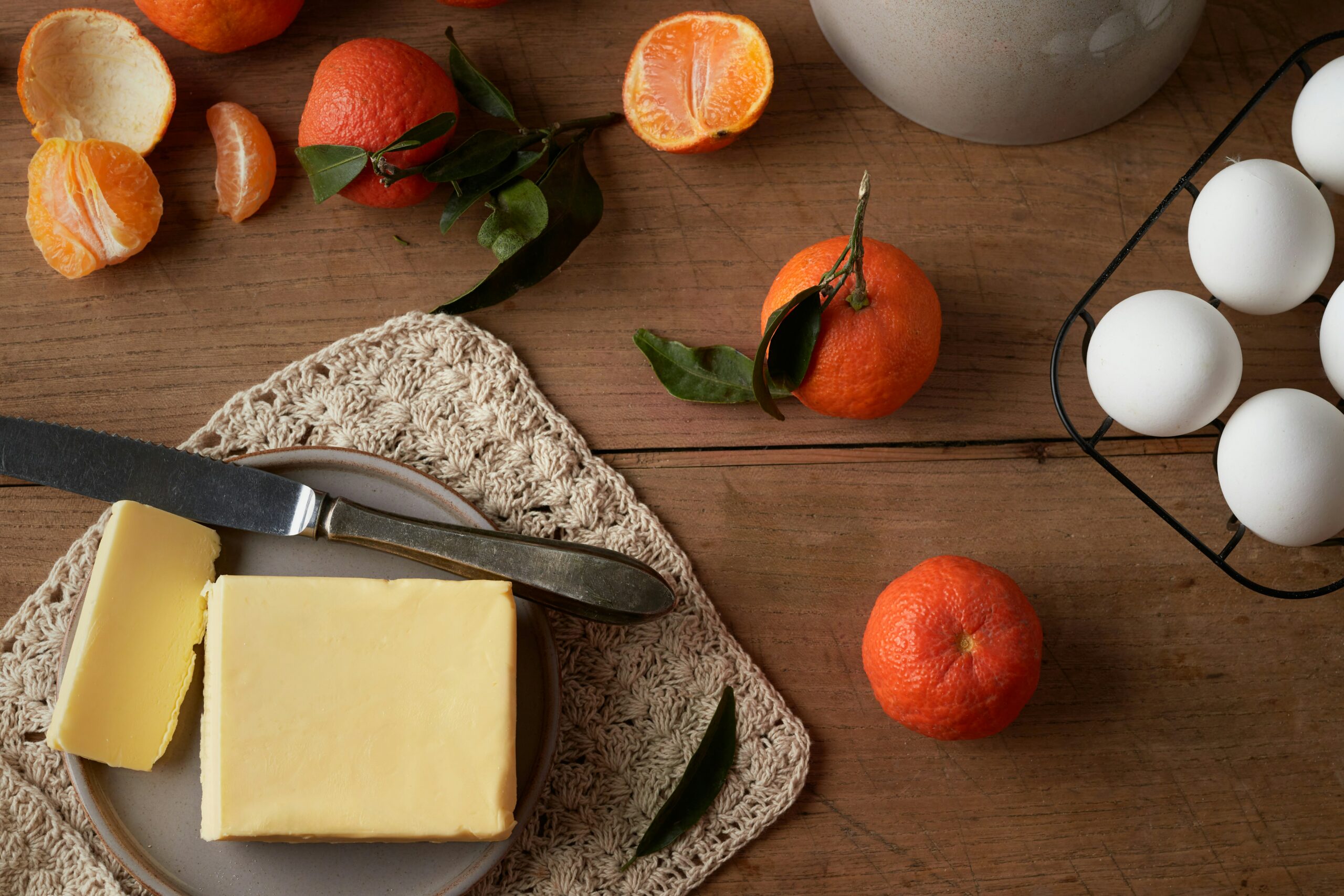CONGRATULATIONS!
You completed the Intro Diet and made it to the Full GAPS Diet!
Or, perhaps you just jumped in and started with the Full GAPS Diet without implementing the intro stages first.
Either way, you’ve taken an amazing step in upgrading your overall health and lifestyle.
So, again…congrats!!!
But now that you’ve started on the Full GAPS Diet or are thinking of doing so, the big question at hand is —
What’s on the menu?
If you’ve been pushing through the Intro Diet for a while now, it probably feels like you’ve hit a smorgasbord of food possibilities.
Now, if you’re just jumping straight into the Full GAPS diet after a lifetime of eating based off of the the Standard American Diet (SAD) –or– Western Diet, it might seem a bit scary giving up the way of eating you’ve come to know and expect your entire life.
But, I promise you. You can do it. And will feel sooo much better after doing so!
The important thing to keep in mind is why you decided to start the GAPS (Diet) Nutritional Protocol in the first place.
Was it to heal your gut or digestive disorder? Was it to help treat a chronic condition such as asthma, allergies, eczema, or autoimmune disorder that either you are someone else in your family was facing?
This is where your main focus should be.
Then you start seeing all of the amazing and nourishing foods you GET to eat in order to start healing your body 🙂
Happy healing!
Foods Allowed on the Full GAPS Diet
- Fresh meat (preferably hormone-free and grass-fed, fresh or frozen): beef, chicken, duck, game, goose, lamb, pheasant, pigeon, pork, poultry, quail, turkey.
- Fish: fresh, frozen, or canned fish (in olive oil or water only).
- Shellfish: fresh or frozen.
- Animal fats: butter, ghee, lard, tallow, duck fat, goose fat, etc.
- Oils: coconut oil, olive oil (virgin cold-pressed), etc.
- Fresh eggs (from pastured chickens).
- Dairy: Asiago cheese, blue cheese, butter, cheddar cheese, Colby cheese, cream (cultured, homemade from raw cream), Gorgonzola cheese, Gouda cheese, Harvarti cheese, kefir, Monterey Jack cheese, Muenster cheese, Parmesan cheese, Romano cheese, Swiss cheese, uncreamed cottage cheese (dry curd), and yogurt (homemade from raw milk).
- Probiotic (lacto-fermented) foods using all allowed vegetables and permitted foods.
- Nuts and seeds (properly soaked and dried): almonds and almond butter, cashews (fresh only), hazelnuts, nut flour or ground nuts, peanuts (soaked and dried), pecans, walnuts.
- Vegetables & Fruits: apples, apricots (fresh & dried)artichoke (French), asparagus, avocados, bananas (ripe only), beets/beetroot, bell peppers, berries, black radish, broccoli, Brussels sprouts, cabbage, carrots, cauliflower, celery, cherries, coconut (fresh or dried without sweetener or additives), collard greens, cucumber, dates (fresh or dried, additive free), eggplant, garlic, gingerroot (fresh), grapes, green beans, kale, kiwi, kumquats, lemons, lettuce, limes, mangoes, melons, mushrooms, nectarines, olives, onions, oranges, papayas, peaches, pears, peas, pineapples, prunes (dried without any additives), pumpkin, rhubarb, rutabagas, satsumas, spinach, squash, tangerines, tomatoes (fresh, juice, and puree – no additives), turnips, watercress, and zucchini.
- Beans and lentils: dried white (navy) beans, string beans, Lima, split peas, haricots.
- Broth & stock: homemade, made from bones of beef, poultry, lamb, pork, and fish.
- Herbs and spices (single & pure without additives): i.e.; cayenne pepper, cinnamon, coriander (fresh & dried), dill (fresh or dried), mustard (without any non-allowed ingredients), nutmeg, parsley, and pepper.
- AND: capers, cellulose in supplements, citric acid, fresh nut milks (coconut, almond, etc.), coffee and tea (weak & freshly made, not instant), gin (occasionally), herbal teas, honey (raw), juices (freshly pressed), peanut butter (without additives), pickles (without sugar or any other non-allowed ingredients), raisins, scotch (occasionally), seaweed (fresh and dried), vinegar (apple cider, white, rice, and coconut), Vodka (very occasionally), and wine (dry, red or white).
Note: This list is not exhaustive. Please refer to Gut & Psychology Syndrome by Dr. Natasha Campbell-McBride for a more complete list.

+ show Comments
- Hide Comments
add a comment